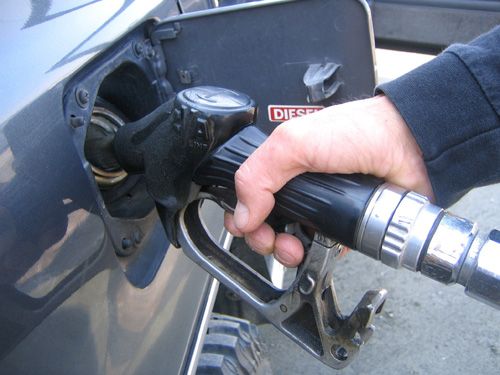

Plumbers are being advised of the ways they could drive more economically to conserve expensive fuel.
As the cost of fuel creeps up, LeaseVan.co.uk has revealed ten top tips on how to make a full tank go further.
1. Save on weight
Extra weight means extra fuel, so if you know you won’t need a certain set of tools for a particular job, leave them at home.
2. Maintenance
Get your car serviced regularly for best efficiency and always use the right specification of engine oil. You should also check your tyre pressures regularly and before long journeys – under-inflated tyres can cause you to use up to 2% more fuel.
3. Accelerate gently
The harder you accelerate, the more fuel you consume. To maximise your fuel efficiency, imagine that there’s an egg under your pedal and an open cup of coffee on your dashboard – you don’t want to break the shell or spill the drink!
4. Be kind to your gears
Don’t labour your van’s engine by holding on to one gear for too long. Instead, try changing up at an engine speed of around 2,000 rpm (diesel) or 2,500 (petrol). Since 2014, new vehicle models have been fitted with a fear shift indicator to encourage use of the most efficient gear, so keep an eye on that too.
5. Maintain a steady speed
Unintentional dips in speed and sudden bursts of acceleration to keep pace take a toll on your tank – and your wallet. Consider using cruise control for highway driving, and where traffic patterns permit, allow your speed to drop when you travel uphill, then regain momentum as you roll downhill.
6. Keep rolling
Stopping then starting again uses a significant amount more fuel than rolling along at a constant, low speed, so try slowing extra early when approaching traffic lights or a queue and you might not have to stop completely.
7. Use your air-con wisely
At low speeds, air-con can increases fuel consumption by as much as 20%, so try opening the windows when you’re cruising around town. At higher speeds, on the motorway for instance, the effect of air con on your fuel consumption isn’t as noticeable. Don’t leave it on all the time, but running it at least once a week will help to keep the system in good condition.
8. Stick to the limit
Going faster uses more fuel. For example, driving at 70mph uses up to 9% more than at 60mph, and up to 15% more than at 50mph!
9. Stay aerodynamic
Wind resistance increases fuel consumption, so try to keep windows closed at high speeds and remove roof racks and boxes when not in use.
10. Drive a manual
According to the AA, automatics can use 10% to 15% more fuel than manuals.
